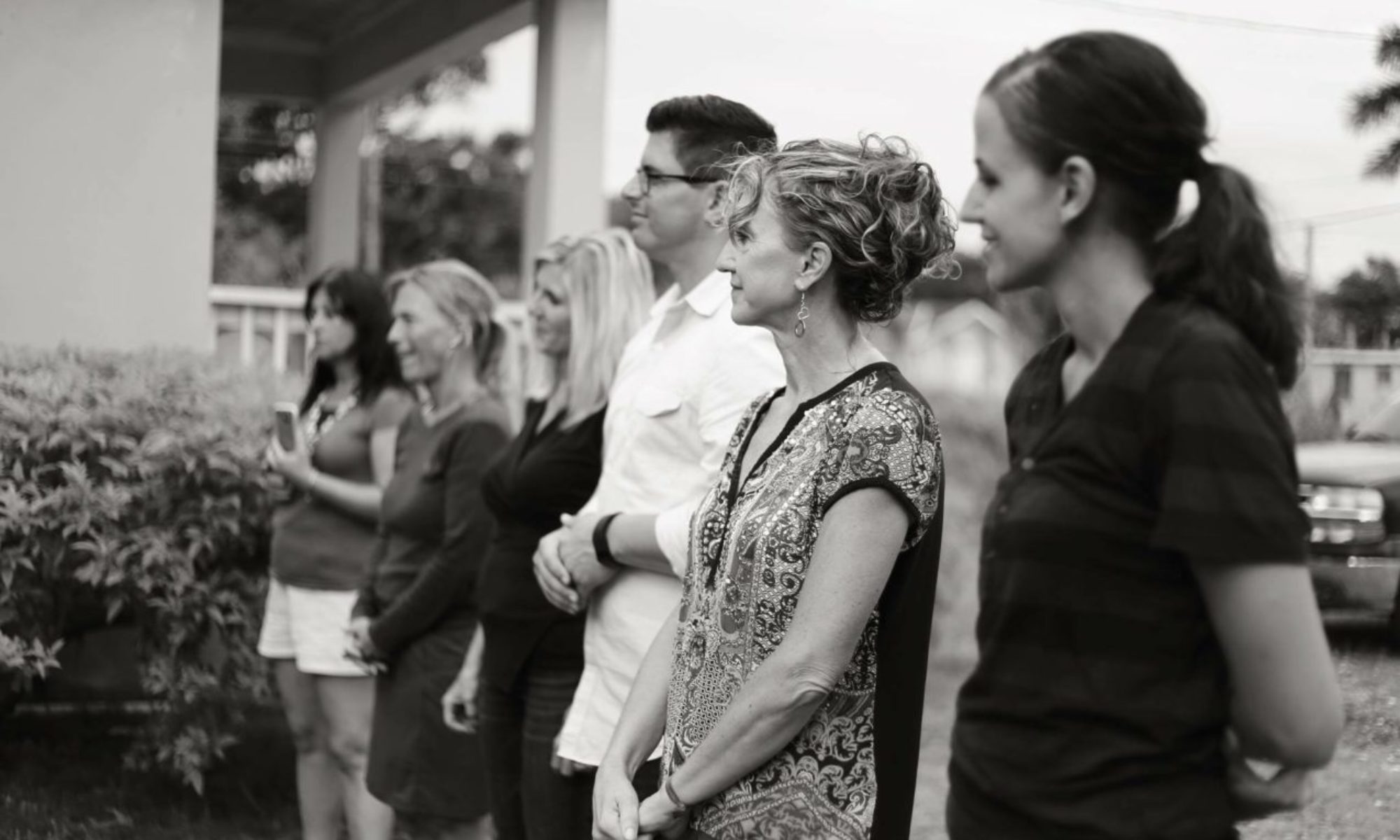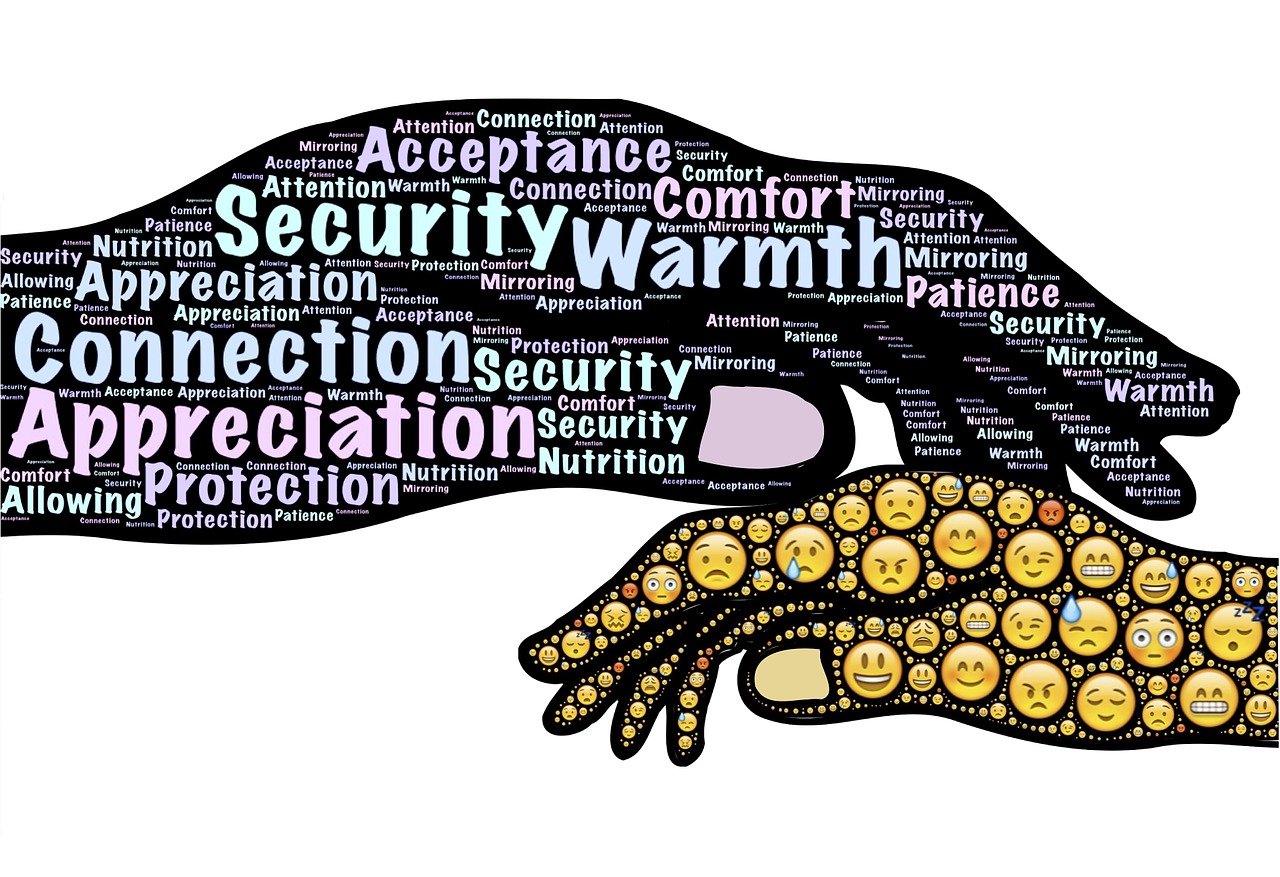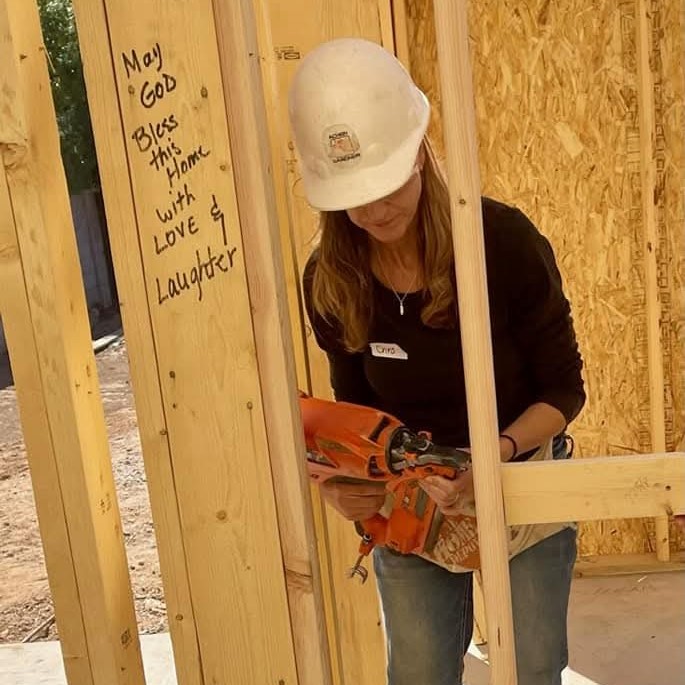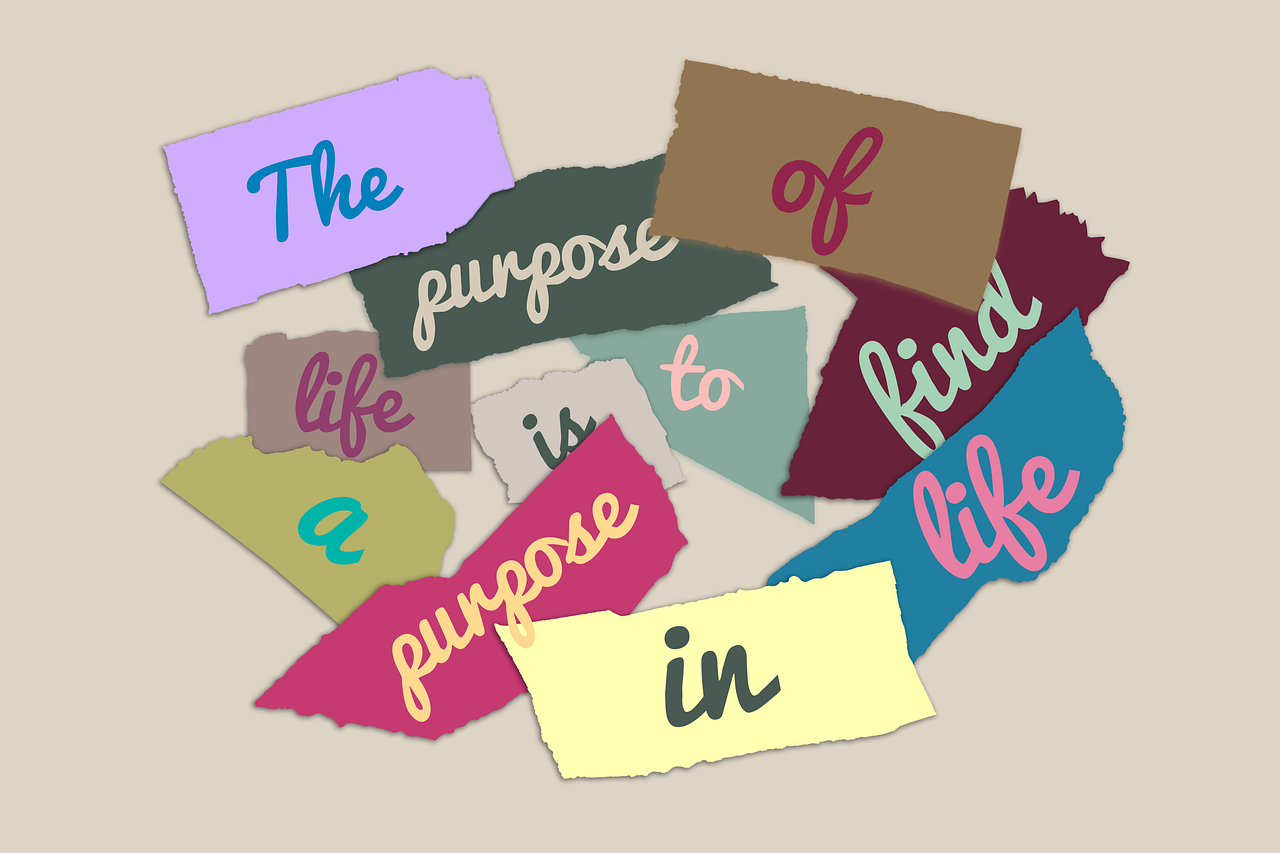In every aspect of life—whether personal, professional, or social—a positive attitude can make an incredible difference. It’s more than just smiling through challenges; it’s about cultivating a mindset that focuses on possibilities instead of problems. A positive attitude helps people overcome difficulties, improve relationships, and achieve greater success in their goals. While challenges are inevitable, how we respond to them defines our growth and happiness.
A positive attitude begins with perspective. Life will always bring unexpected situations, but maintaining an optimistic outlook allows you to approach them with confidence and clarity. When you believe that you can find a way forward, you often do. Positivity doesn’t mean ignoring problems—it means facing them with the belief that solutions exist. For instance, when setbacks occur at work or in personal life, a positive thinker sees them as opportunities to learn, adapt, and improve rather than as failures.
This mindset also has a profound impact on mental and physical health. Studies show that people with positive attitudes experience lower levels of stress, improved immune function, and a longer lifespan. Optimism encourages healthier habits, better sleep, and resilience against depression or anxiety. When your thoughts are constructive, your body follows suit. A positive attitude releases tension and fosters emotional balance, allowing you to handle life’s pressures more effectively.
In addition, positivity is contagious. The energy you project influences those around you—coworkers, friends, and family. People are naturally drawn to those who radiate hope and enthusiasm. A positive person can uplift a team, motivate others, and inspire confidence during tough times. In contrast, negativity can spread just as quickly, lowering morale and productivity. Choosing positivity not only benefits you but also strengthens the environment you’re part of.
A positive attitude also enhances problem-solving and creativity. When you focus on possibilities rather than obstacles, your mind stays open to new ideas and solutions. Optimists tend to take more calculated risks, leading to innovation and progress. In the workplace, leaders who demonstrate positivity encourage collaboration and foster a culture of perseverance.
Cultivating a positive attitude requires daily effort. It involves gratitude, self-awareness, and patience. Start by acknowledging small wins, practicing kindness, and reframing negative thoughts into constructive ones. Over time, positivity becomes a habit—an internal compass that guides you toward fulfillment and growth.
Ultimately, a positive attitude is a powerful tool. It doesn’t eliminate challenges, but it transforms how you face them. By choosing optimism, you create a mindset that welcomes opportunity, nurtures health, and builds meaningful connections. The more you practice positivity, the more you’ll find that life reflects it back to you.
